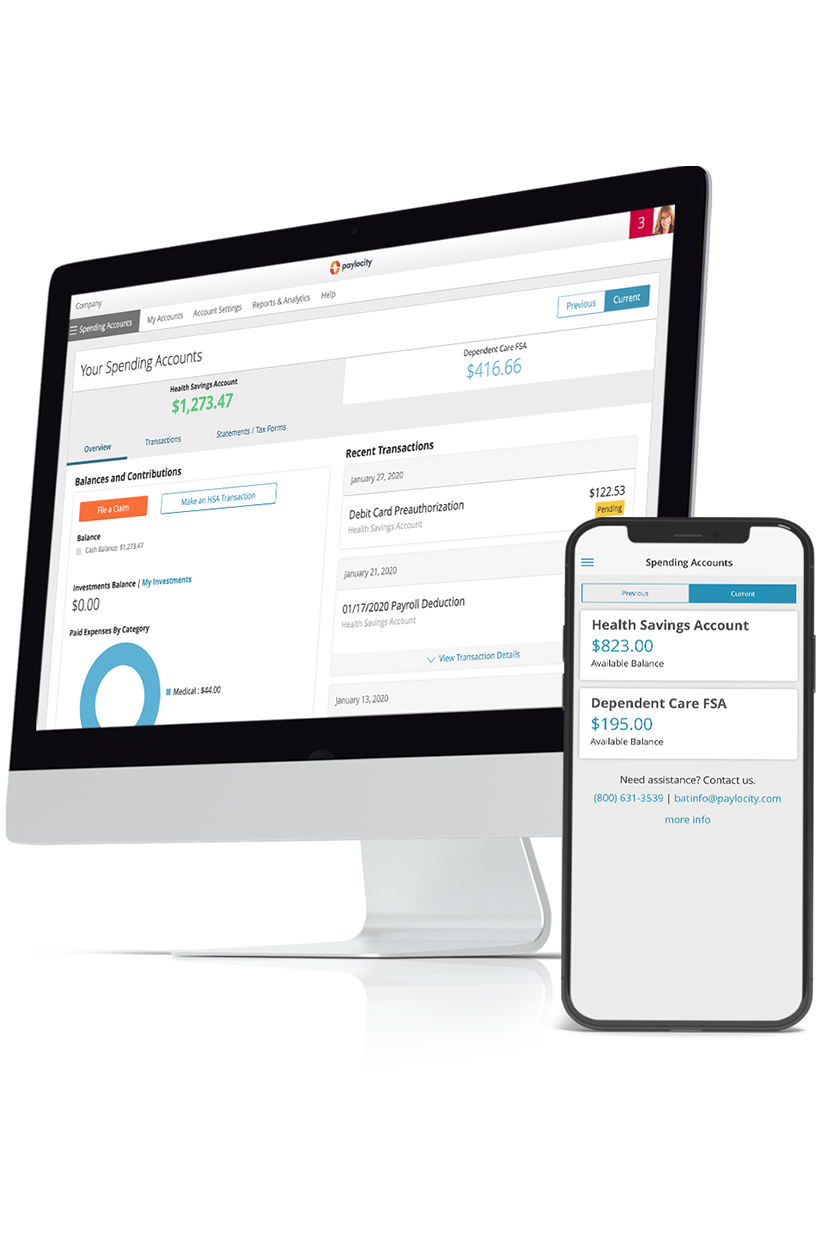401(k) True-Up
Summary Definition: An extra employer contribution to an employee’s retirement savings to fulfill the plan’s required annual matching amount.
What is a 401(k) True-Up?
A 401k true-up is an extra contribution to an employee’s retirement savings account to fulfill sponsored retirement plan obligations.
A true-up usually occurs when the retirement plan includes a provision for the employer to match the employee’s contributions to the savings account, but the employer has fallen short of the agreed-upon amount. In such cases, employers will process an extra payment to fulfill the required matching amount they owe.
401(k) Matching Contribution(s)
To make payroll deductions for retirement savings more appealing, employers sometimes offer to match the contributions their employees make. These matching contributions are usually to a specified limit or amount, such as the first 5% of the employee’s annual salary.
For example, if an employee makes $50,000 a year and their employer offers up to 6% matching, that employer will contribute $3,000 every year (0.06 × 50,000) to the employee’s retirement savings account, provided the employee does the same.
Key Takeaways
- A 401(k) true up is an extra payment to fulfill an employer’s annual matching amount to an employee’s savings.
- It’s done when the employer’s total matching contributions at the end of the year are less than the plan requires.
How to Calculate a 401(k) True-Up
Since matching contributions are only made when an employee makes a contribution, true-ups are most commonly needed when an employee reaches the Internal Revenue Service’s (IRS) maximum contribution limit ($23,500 for 2025) early or when an employee makes irregular contributions to the account.
401(k) True-Up Examples
Suppose Gina has a new job where her employer offers a dollar-for-dollar match on up to 5% of her $65,000 annual salary. This means Gina’s employer will match her contributions to her 401(k) account up to $3,250 a year (65,000 × 0.05).
Since Gina’s employer processes contributions each pay period and she’s paid every two weeks (i.e., 26 times a year), on each paycheck she'll receive $2,500 in gross pay (65,000 ÷ 26). If she uses any of that gross pay to contribute to her 401(k), her employer will match her contribution up to 5% of that gross pay (2,500 × 0.05 = $125).
Gina may choose to contribute more than that, but her employer will only match up to that 5% ($125) each time.
| Gina's 401(k) Plan | Value |
|---|---|
| Gross pay per paycheck | $2,500 (every two weeks) |
| Annual gross pay | $65,000 |
| Maximum employer match | 5% of gross pay |
| Maximum employer match amount | $125 per paycheck ($3,250/year) |
True-Up Scenario 1: Employee Reaches IRS Contribution Early
Pretend in 2025 Gina chooses to contribute ten times the amount her employer does (i.e., $1,250 per paycheck). On her 19th paycheck, Gina will reach the IRS’ annual limit (1,250 x 19 = 23,750) and no longer be allowed to make contributions.
Technically, Gina has contributed at least 5% of her annual salary to the account, so her employer is obligated to do the same. But since Gina only made 19 contributions that year, her employer only made 19 matching contributions, which means it only contributed $2,375 (125 × 19) of the required $3,250 for that year.
As a result, her employer needs to make a true-up contribution of $875 to make up for the shortage.
True-Up Scenario 2: Employee Makes Irregular Contributions
Instead, pretend Gina chooses to only make a single $1,000 contribution each quarter. By the end of the year, she'll have contributed at least 5% of her annual salary.
But since she only made four contributions that year, her employer only made four matching contributions at the max of 5% per paycheck. This means it only contributed $1,000 (125 × 4) of the offered $3,250 for that year.
As a result, her employer needs to make a true-up contribution of $2,250 to make up for the shortage.
401(k) True-Up Requirements
Since employers can choose whether or not to offer matching contributions, not all employees will receive a 401(k) true-up at the end of a calendar year. For those that do offer such plans and contributions, the IRS offers a fix-it guide for correcting errors and making true-up contributions.

Optimize Your Benefits Experience
Help your employees get the most out of their benefits while getting time back in your day through smart automation. With all-in-one tools, kicking off open enrollment and administering third-party benefits services like FSAs, HSAs, and more is a breeze! And employee experience features like integrated training and expert groups, all available on the go, ensure your employees are making informed decisions.
